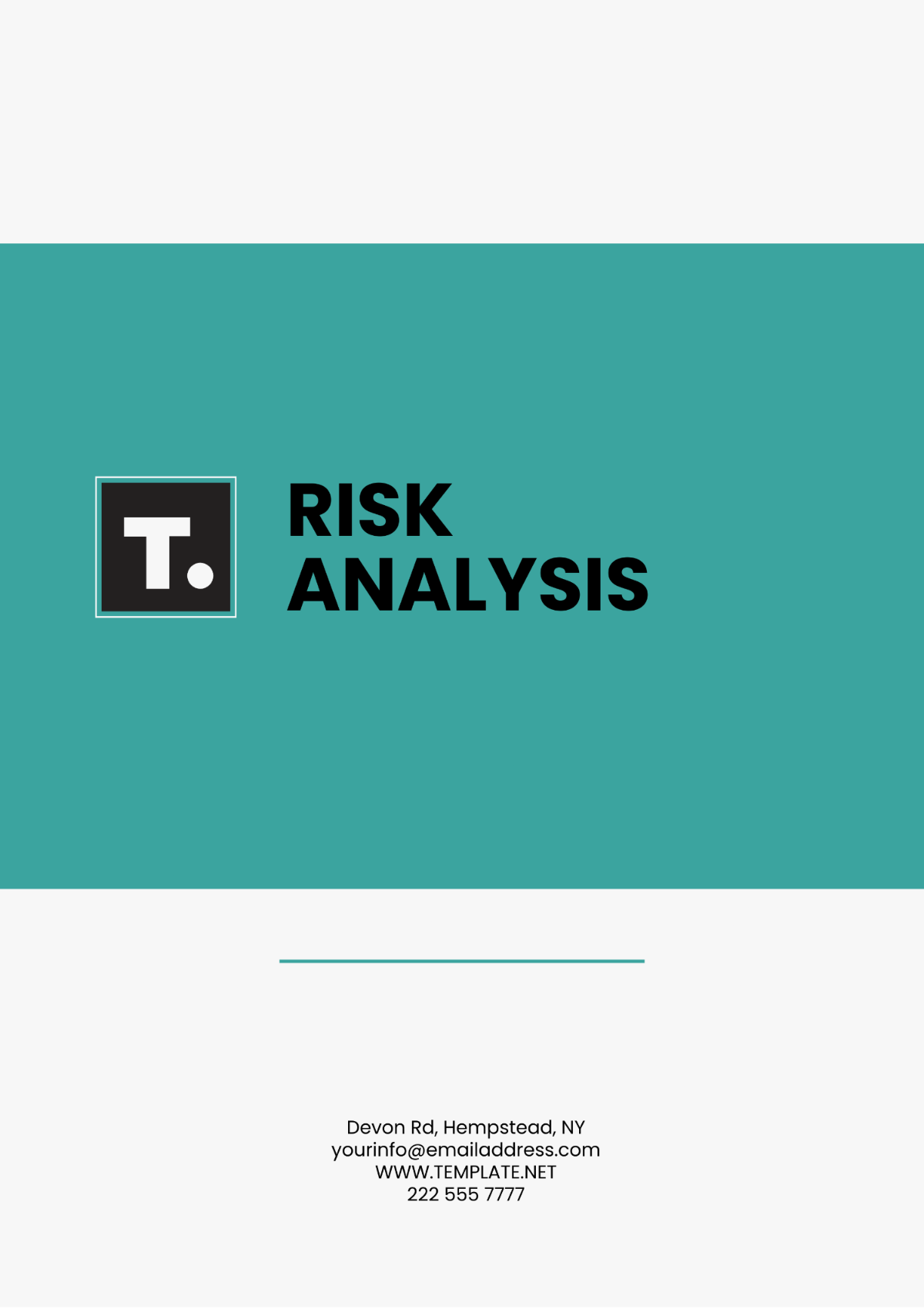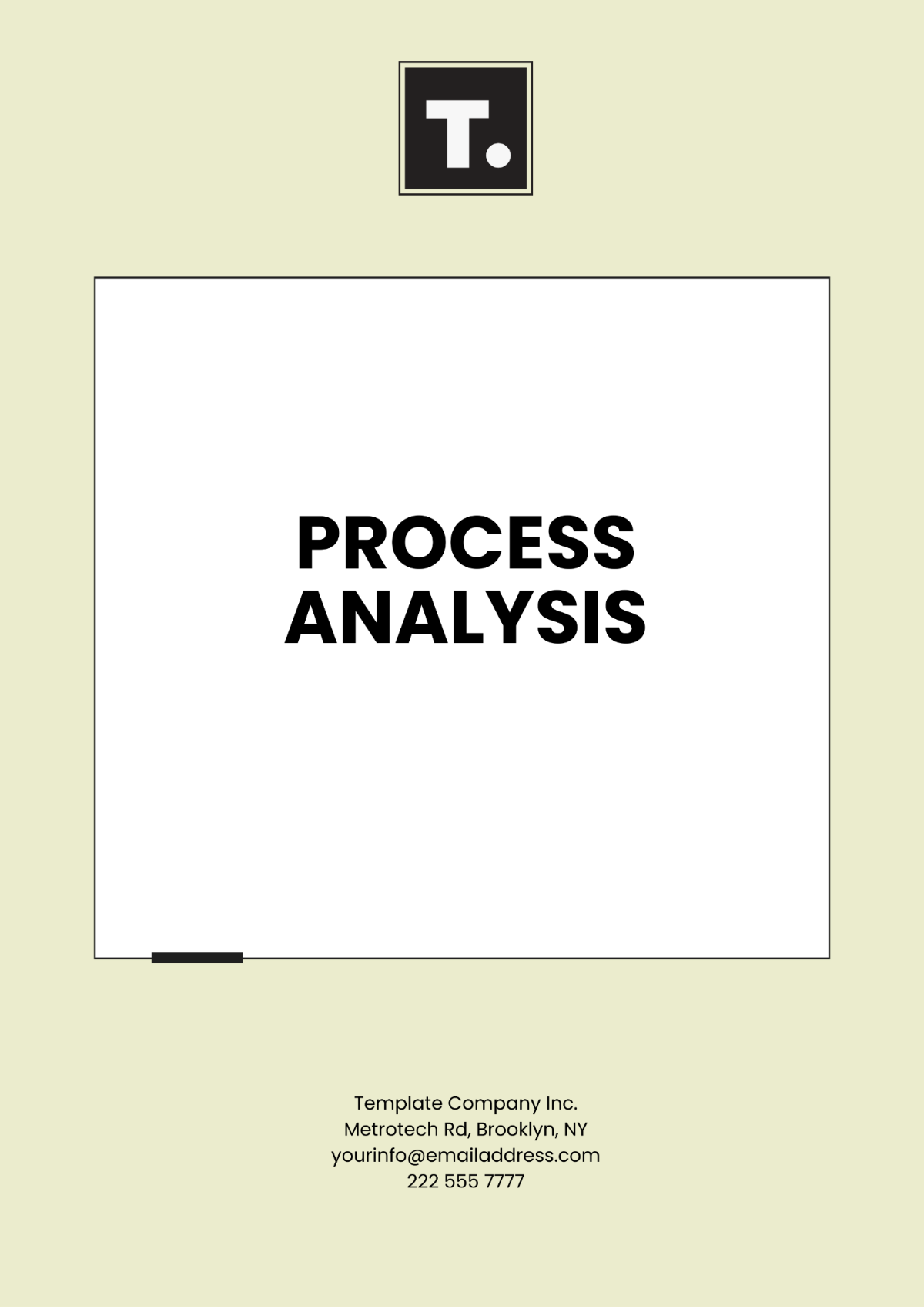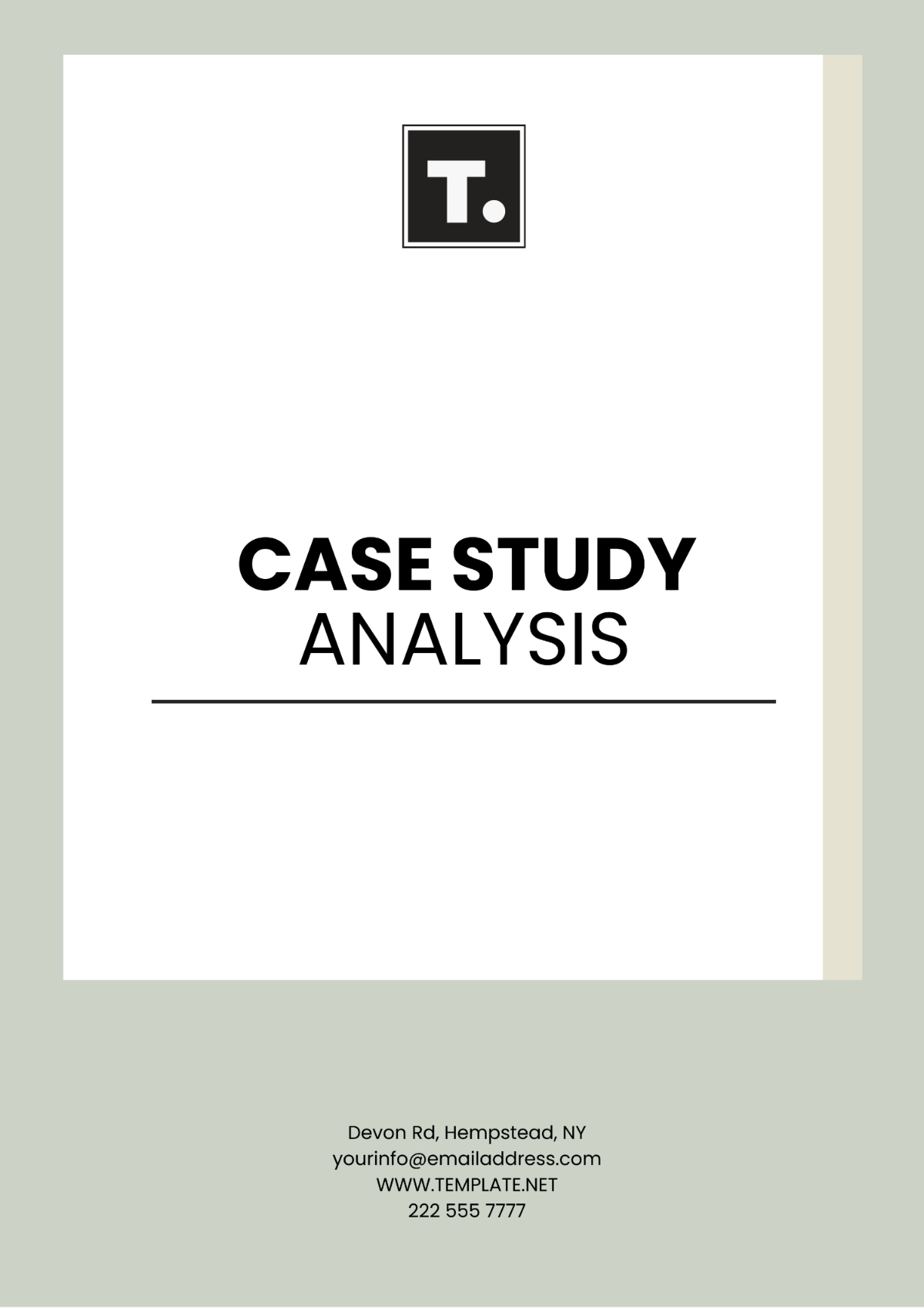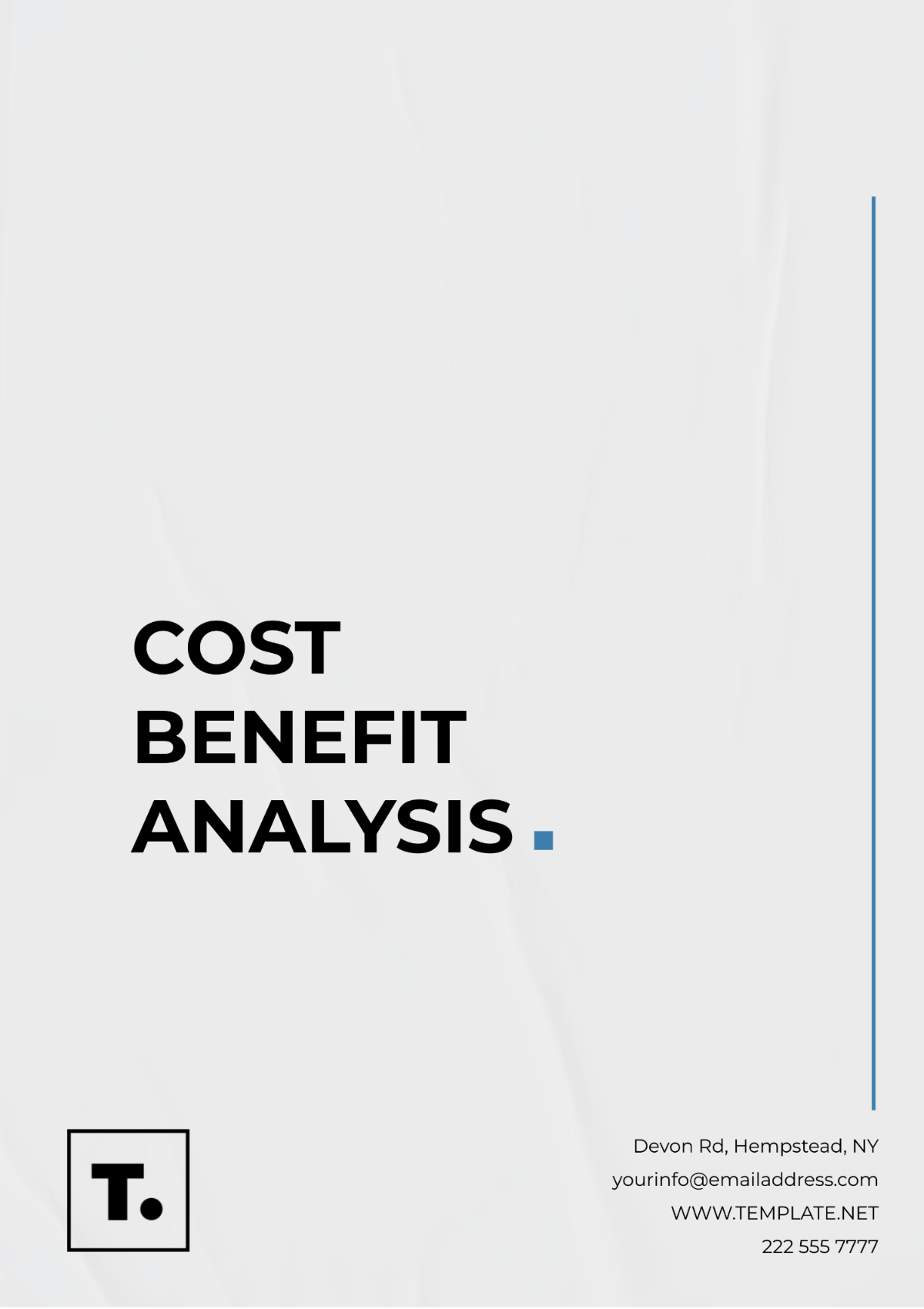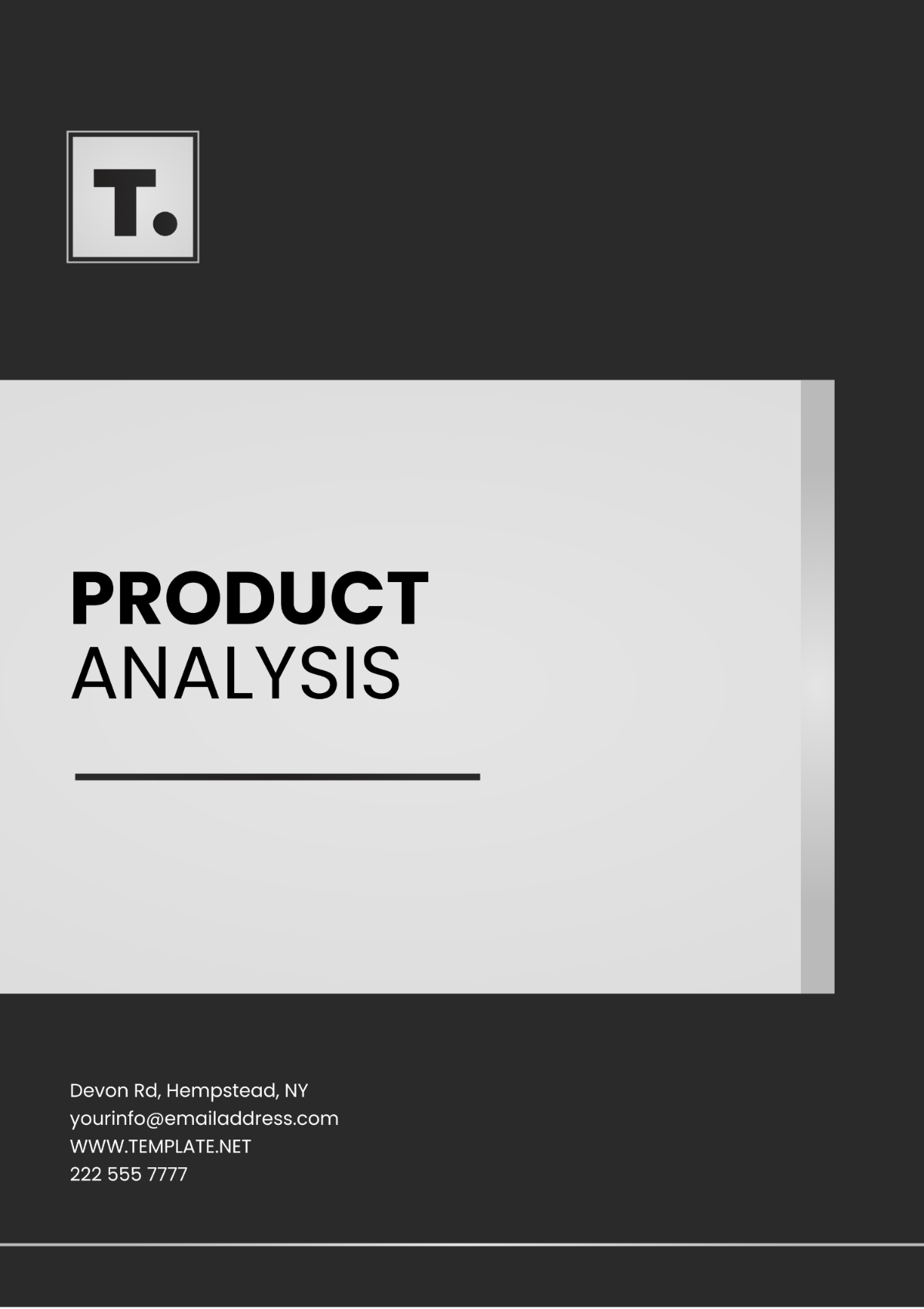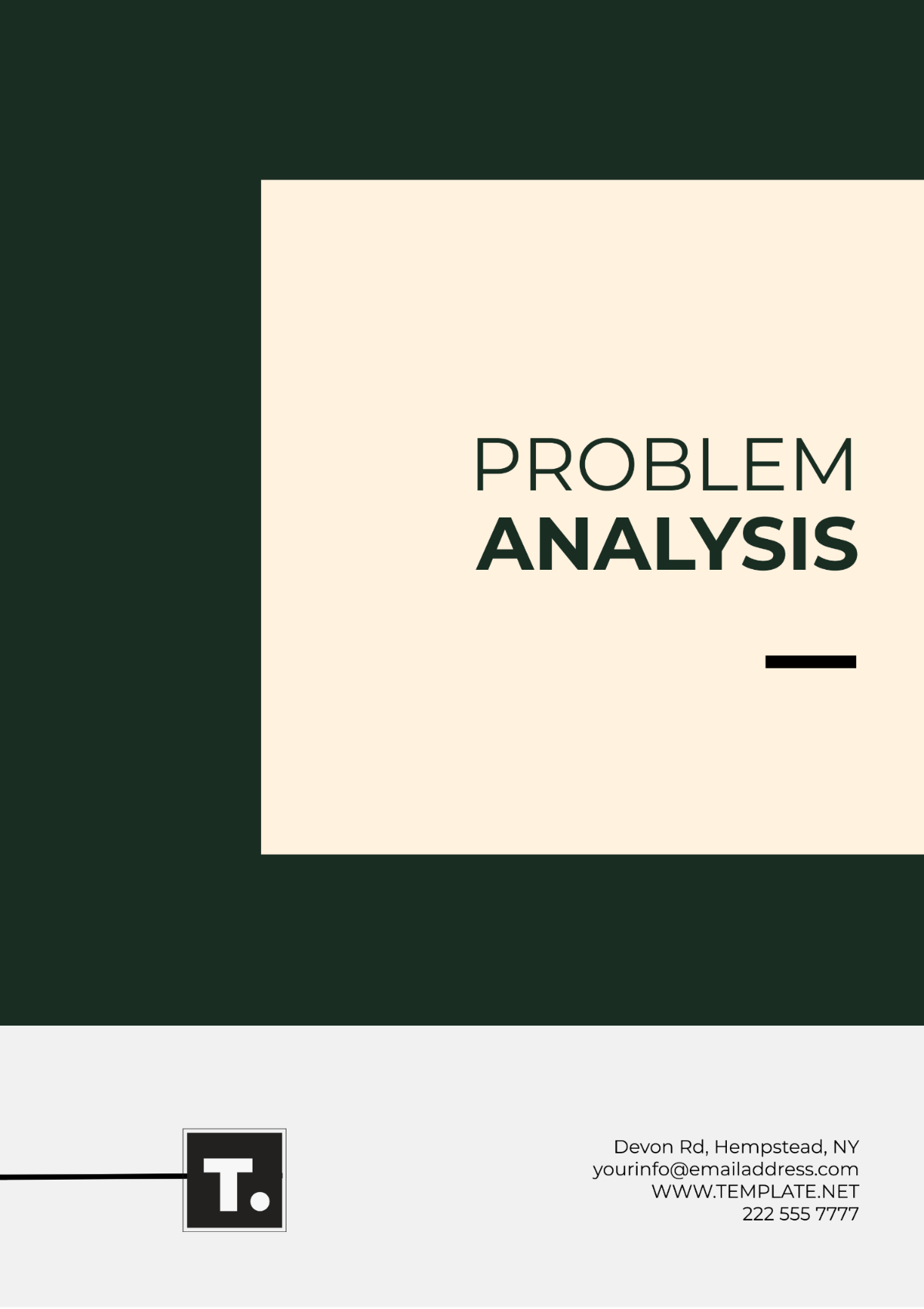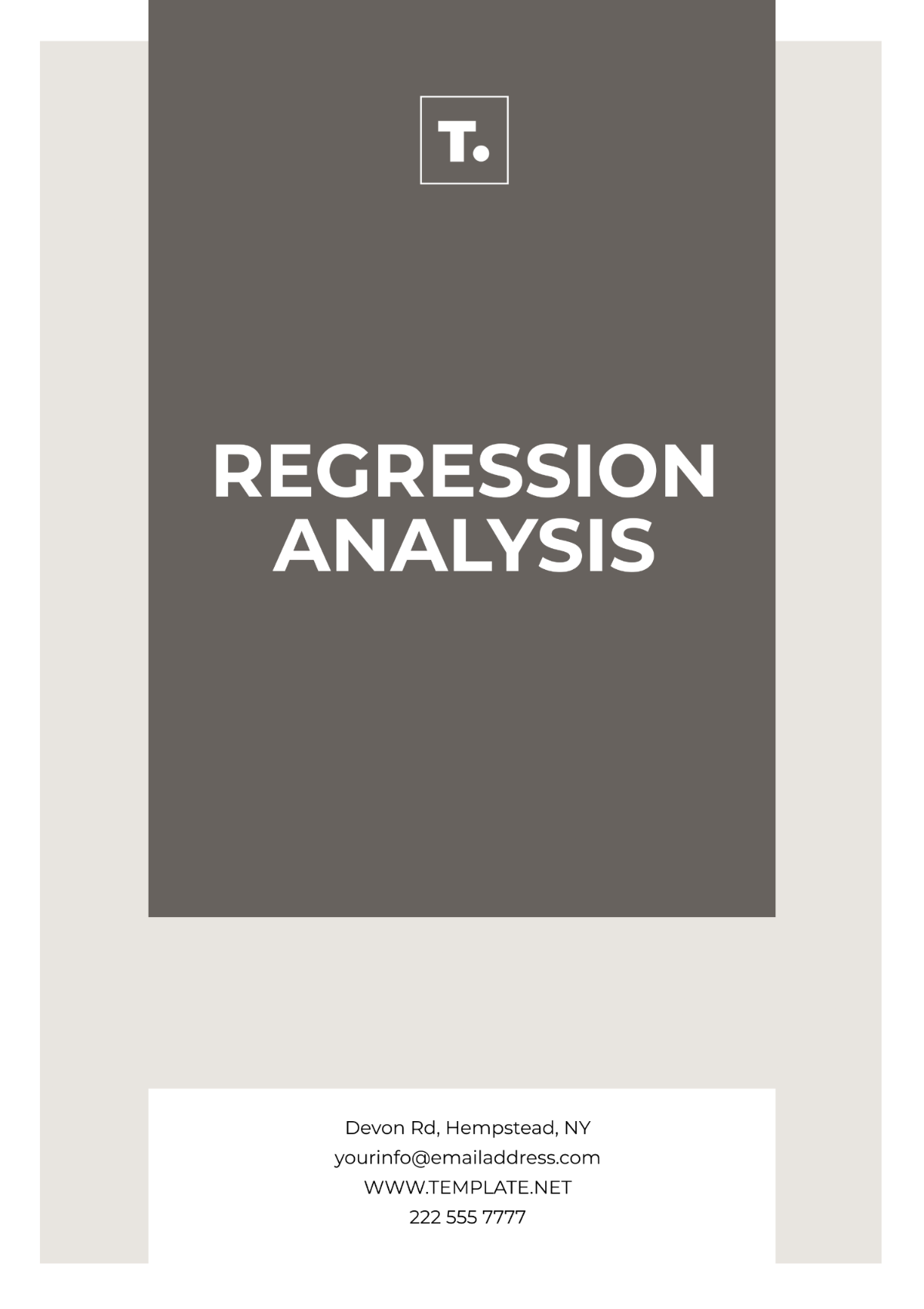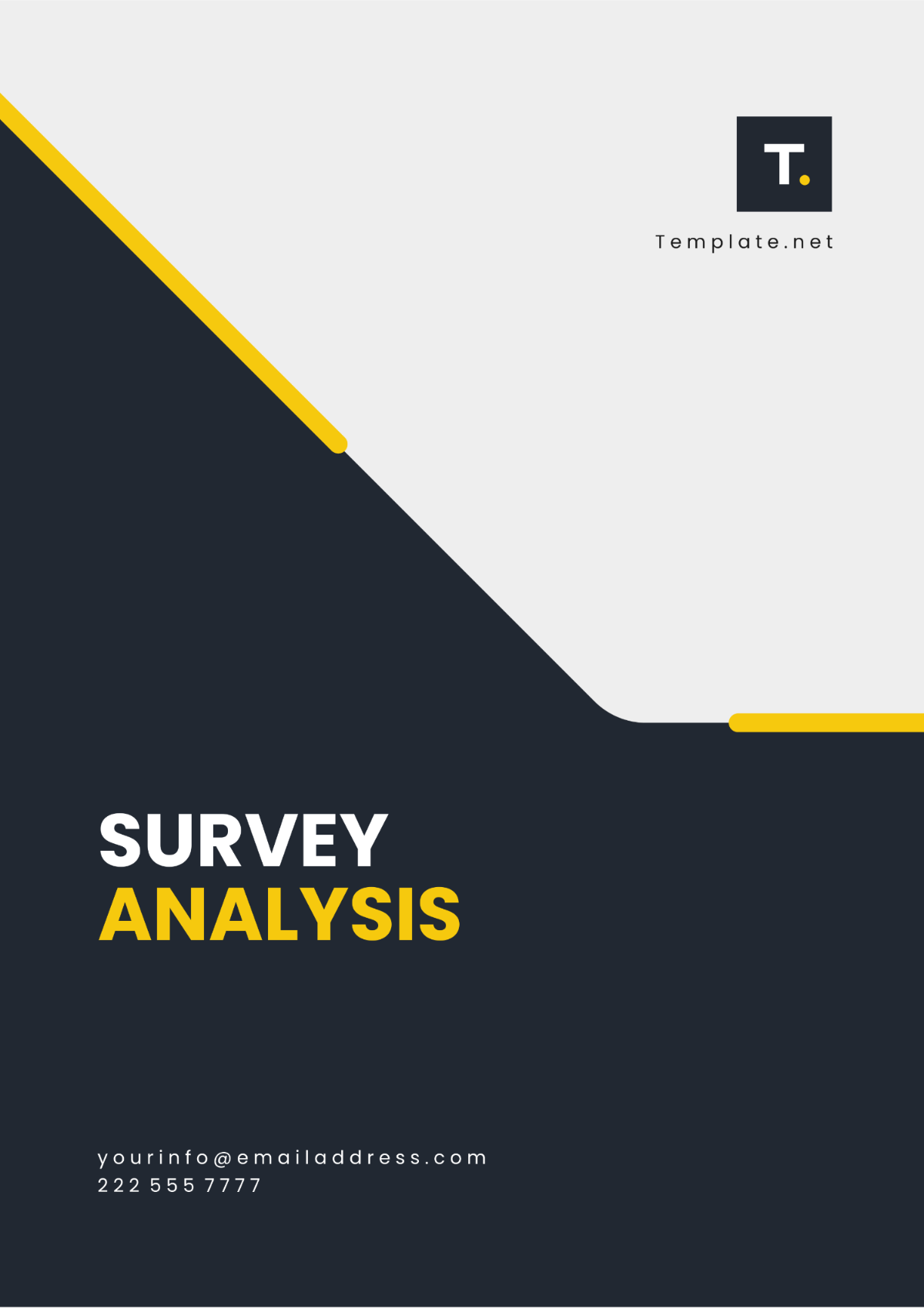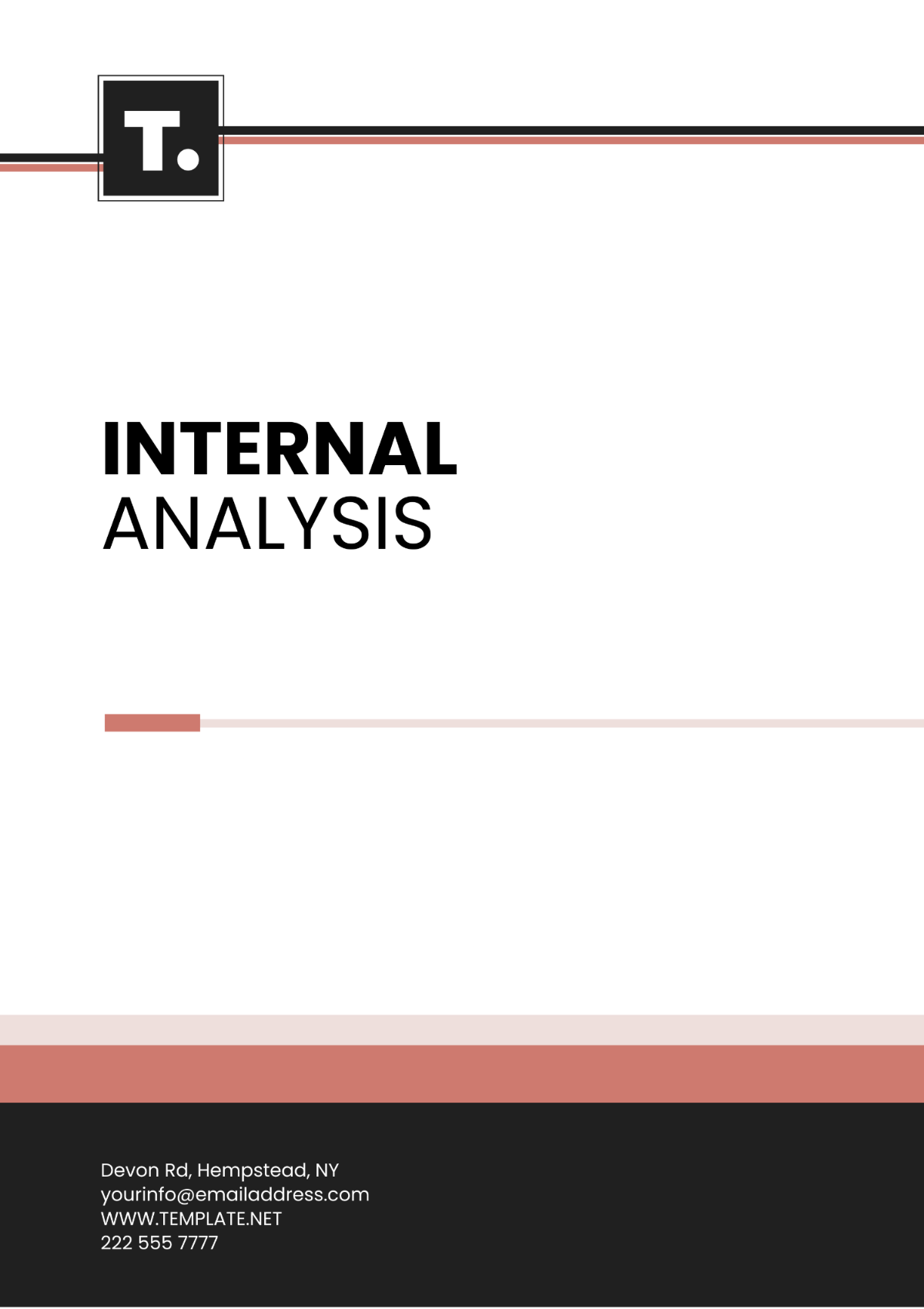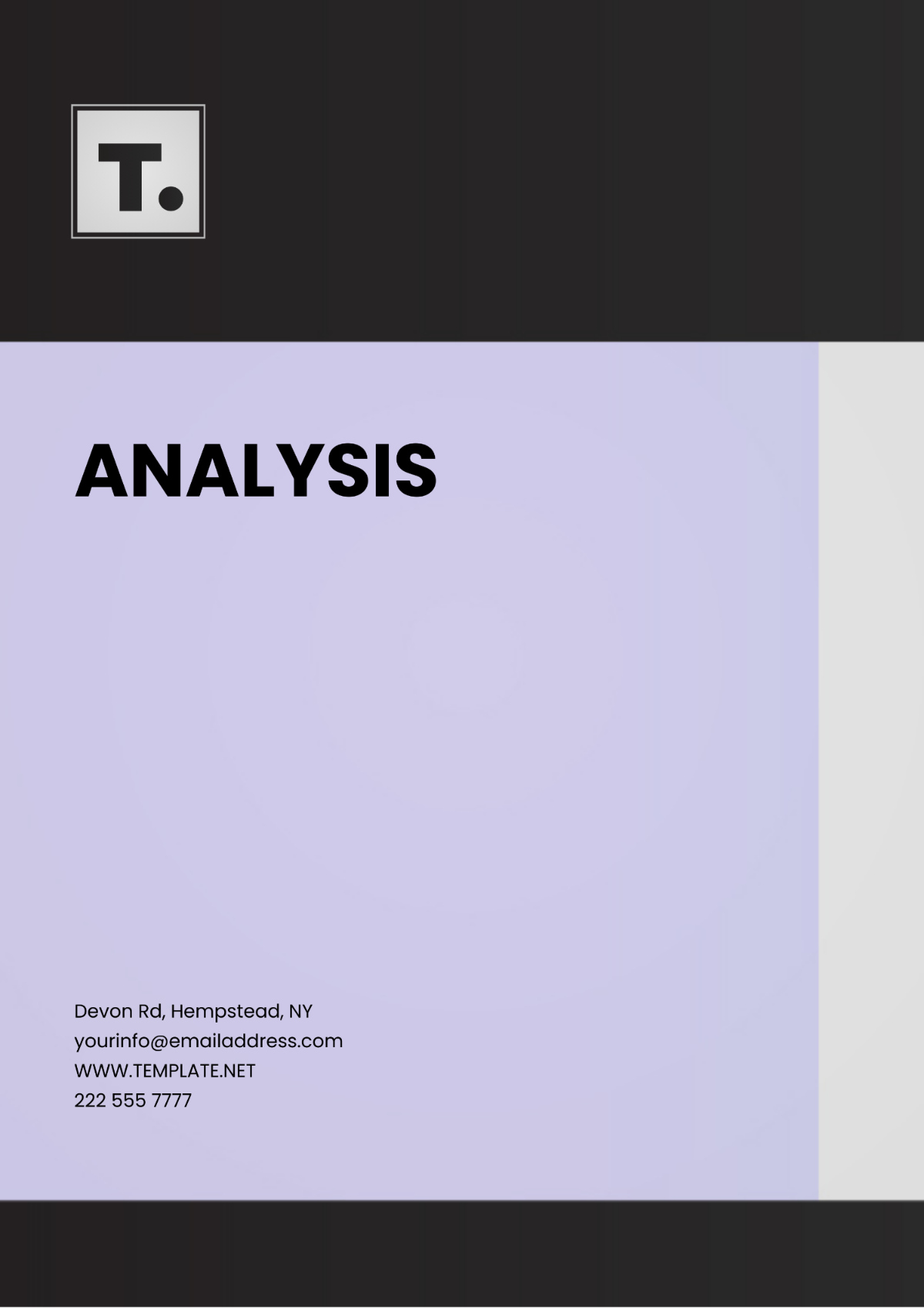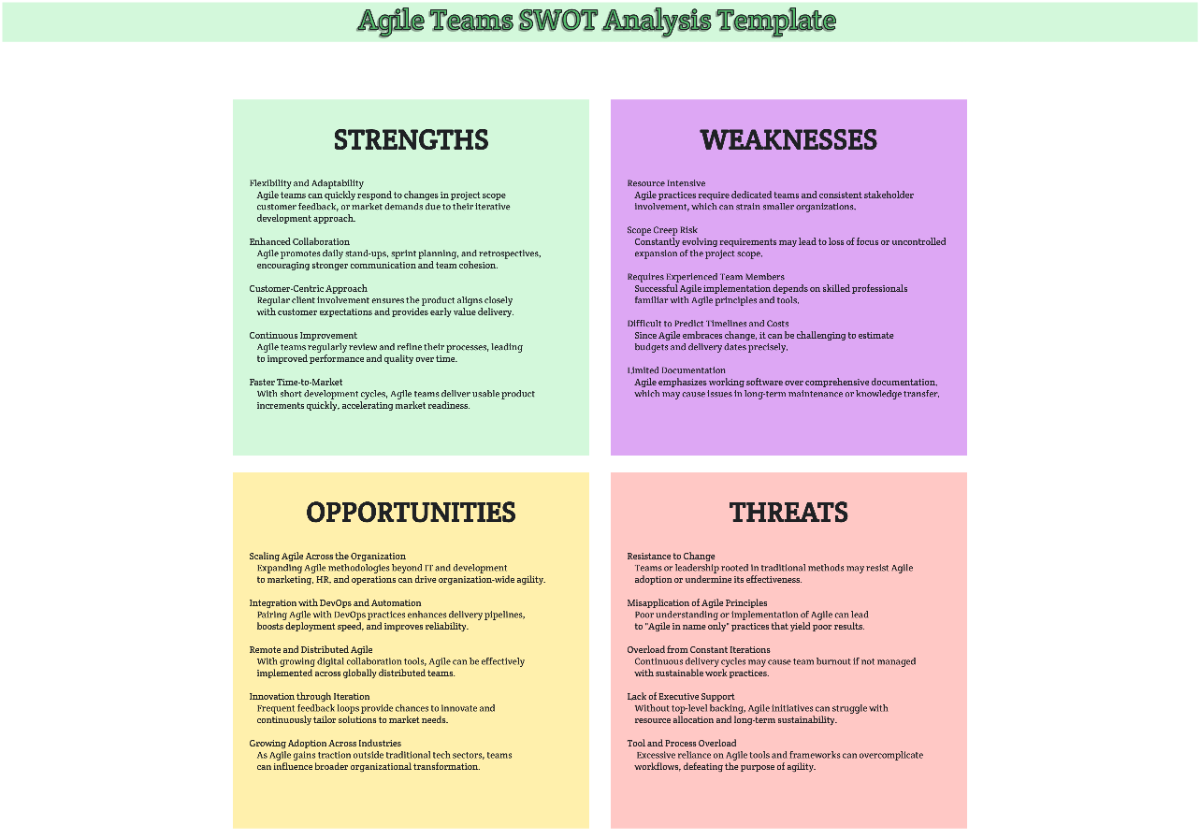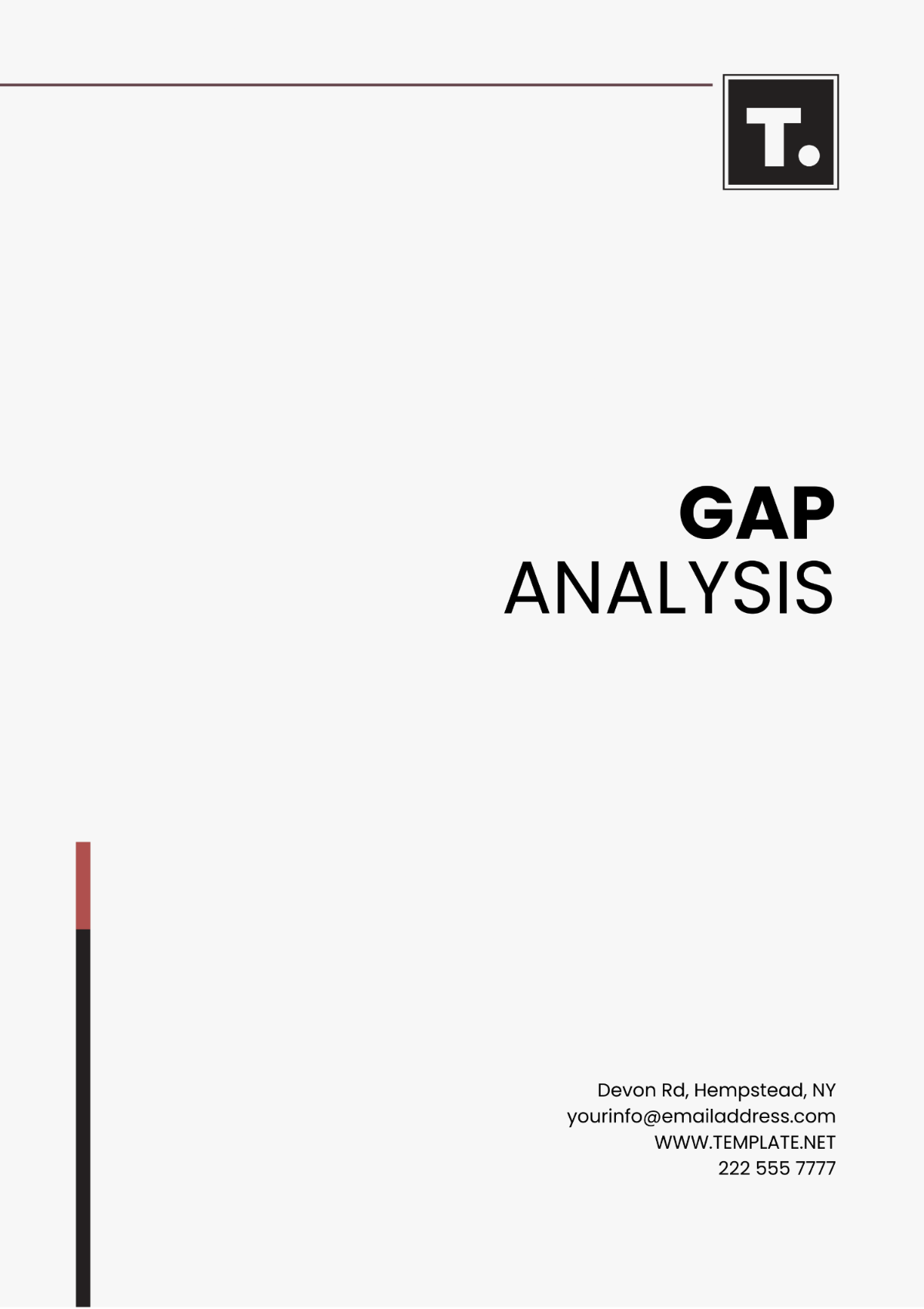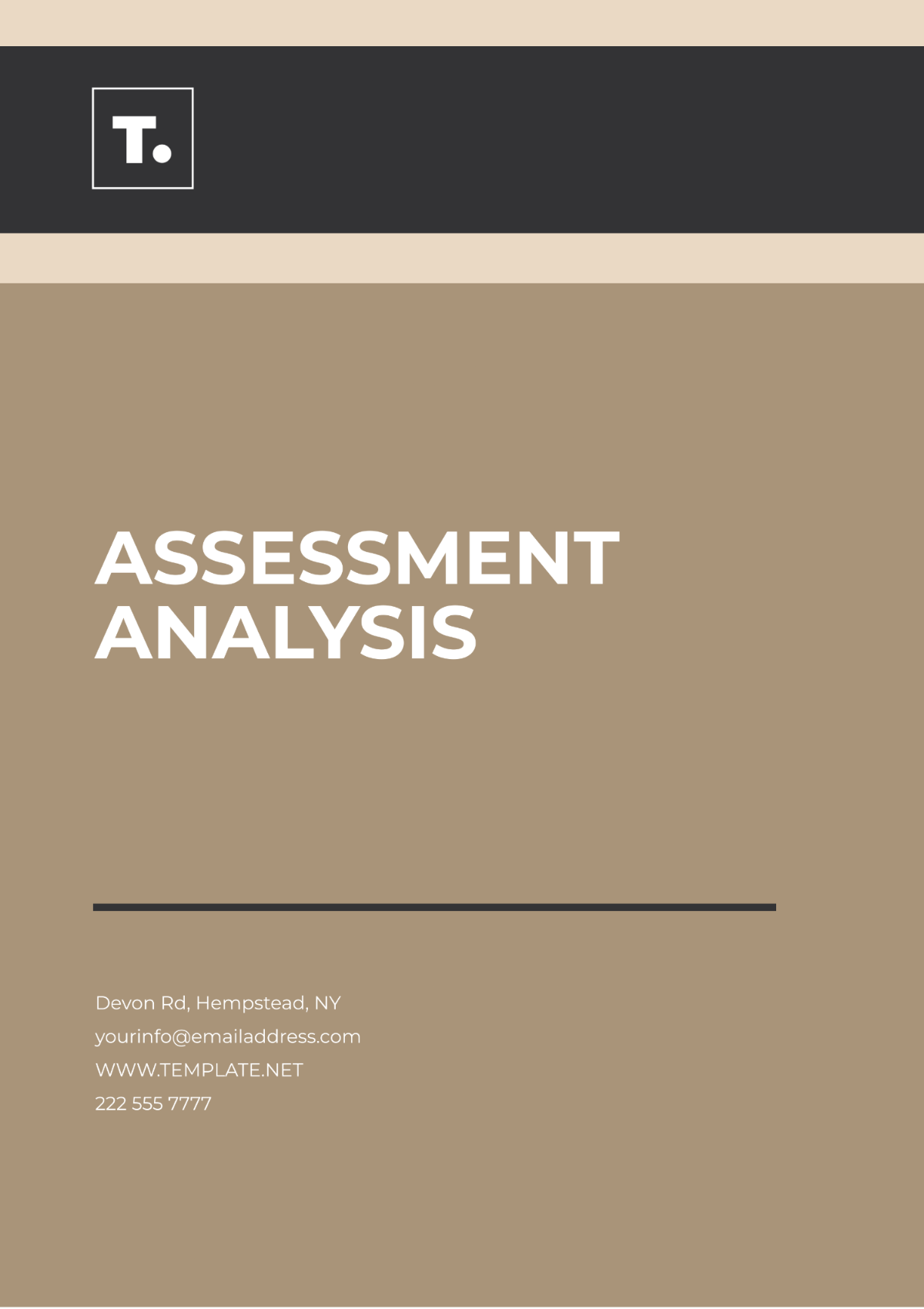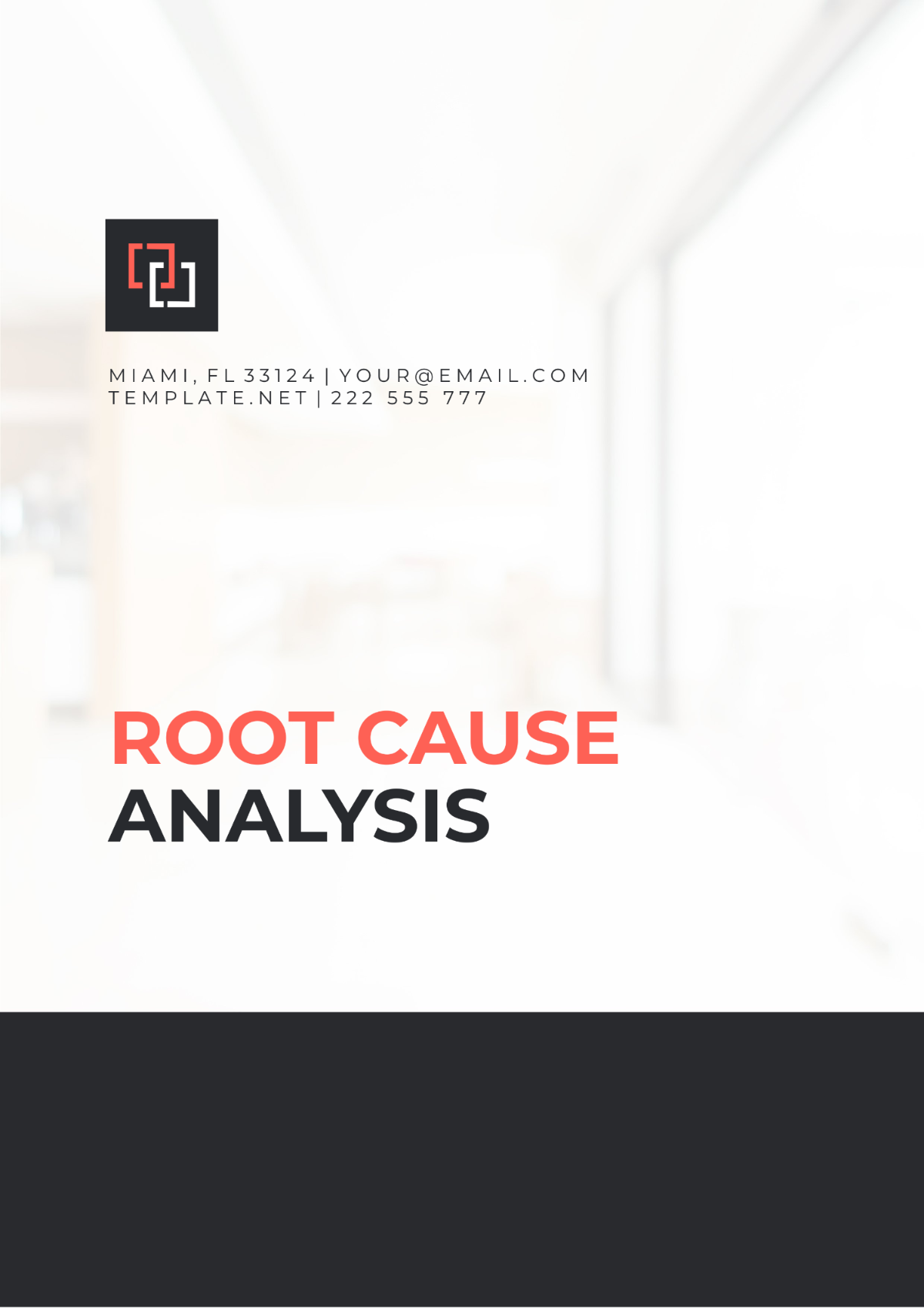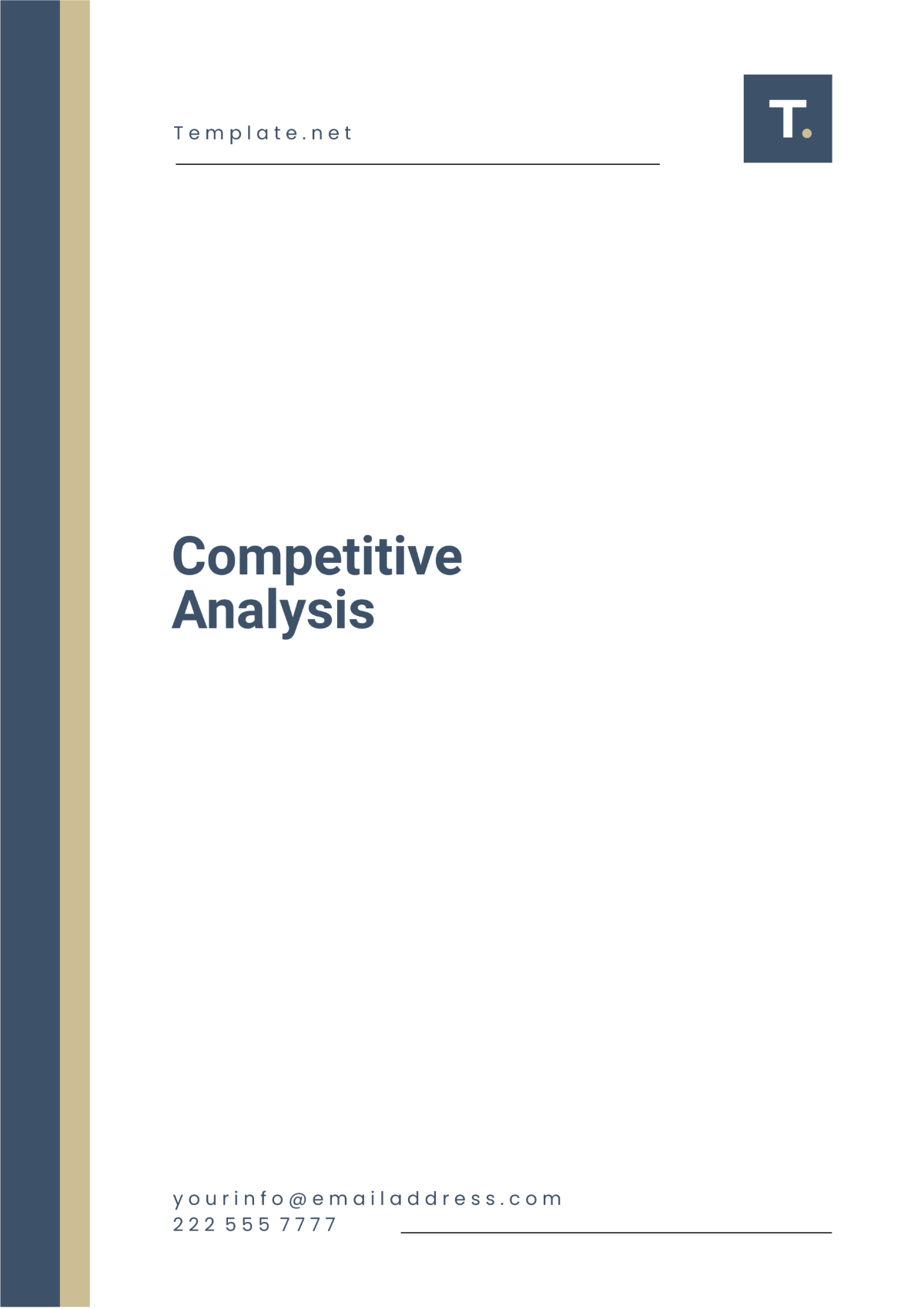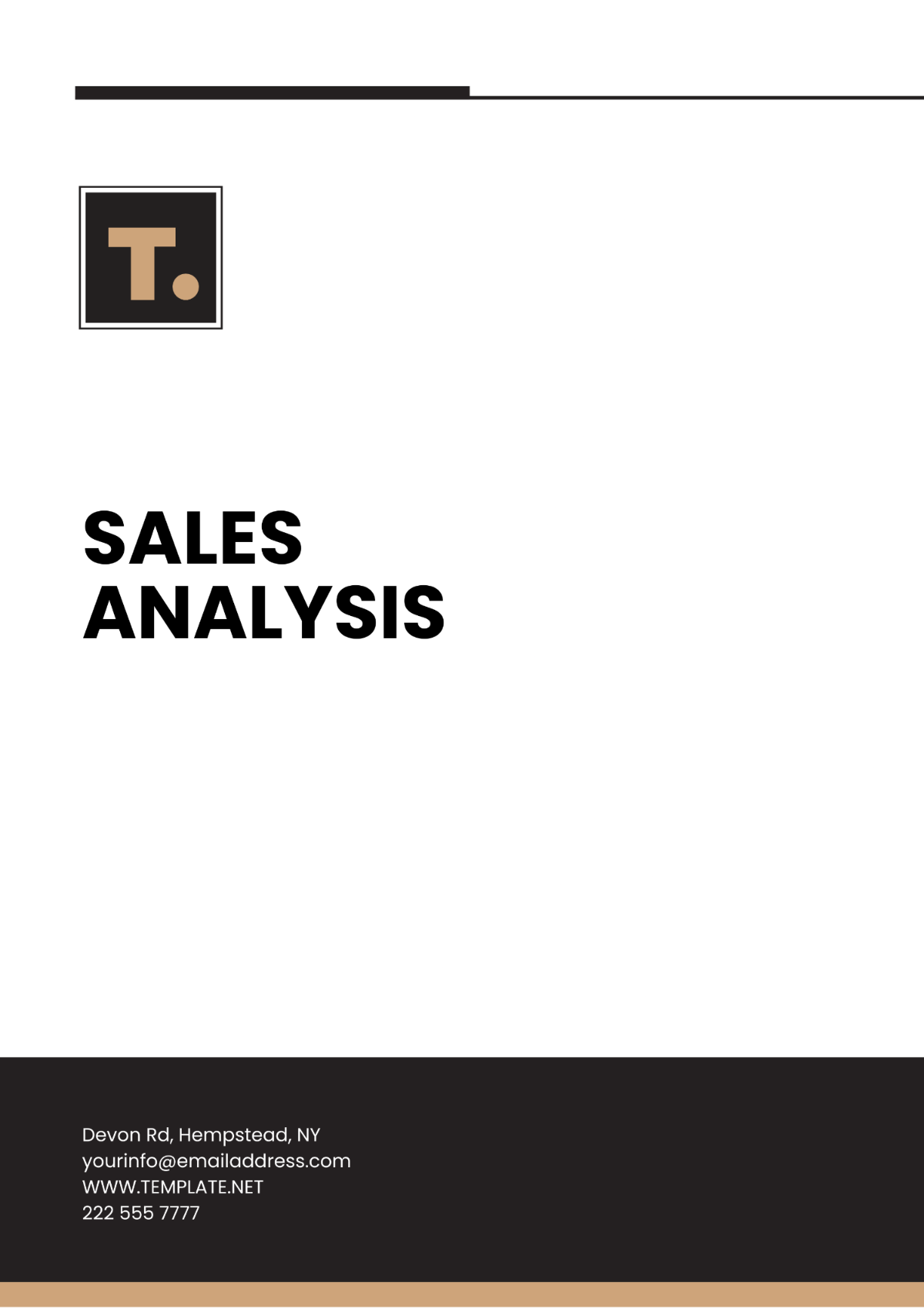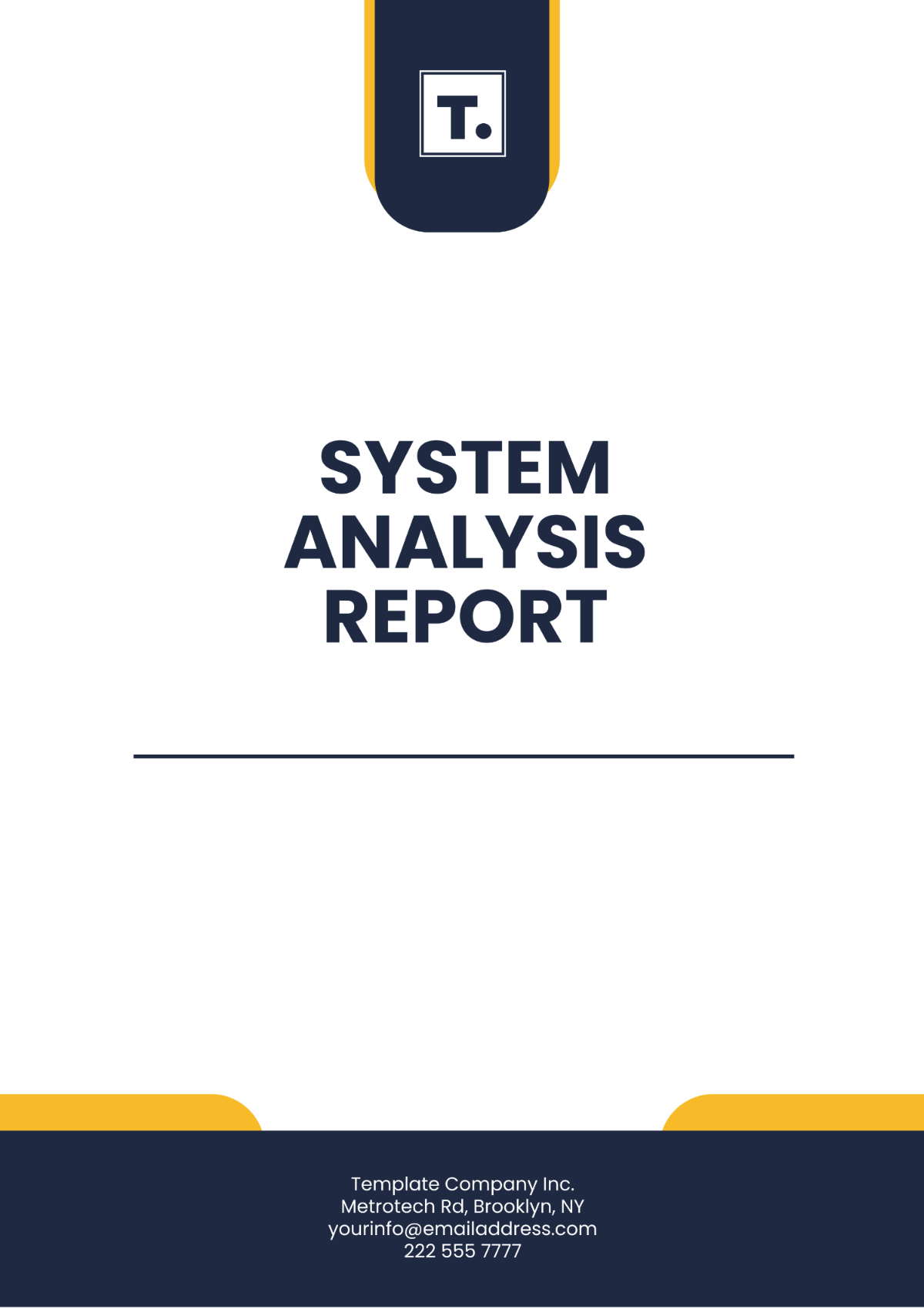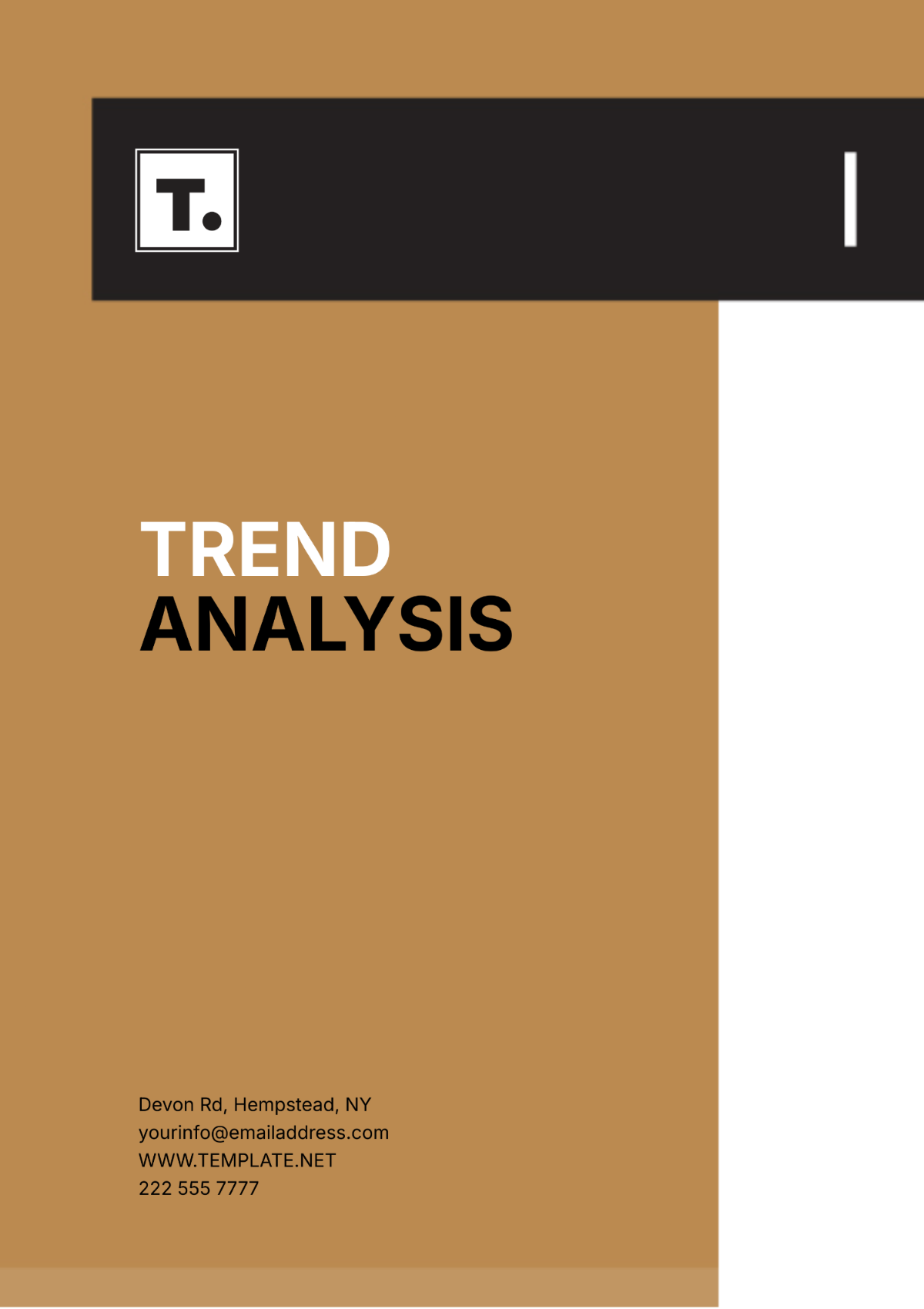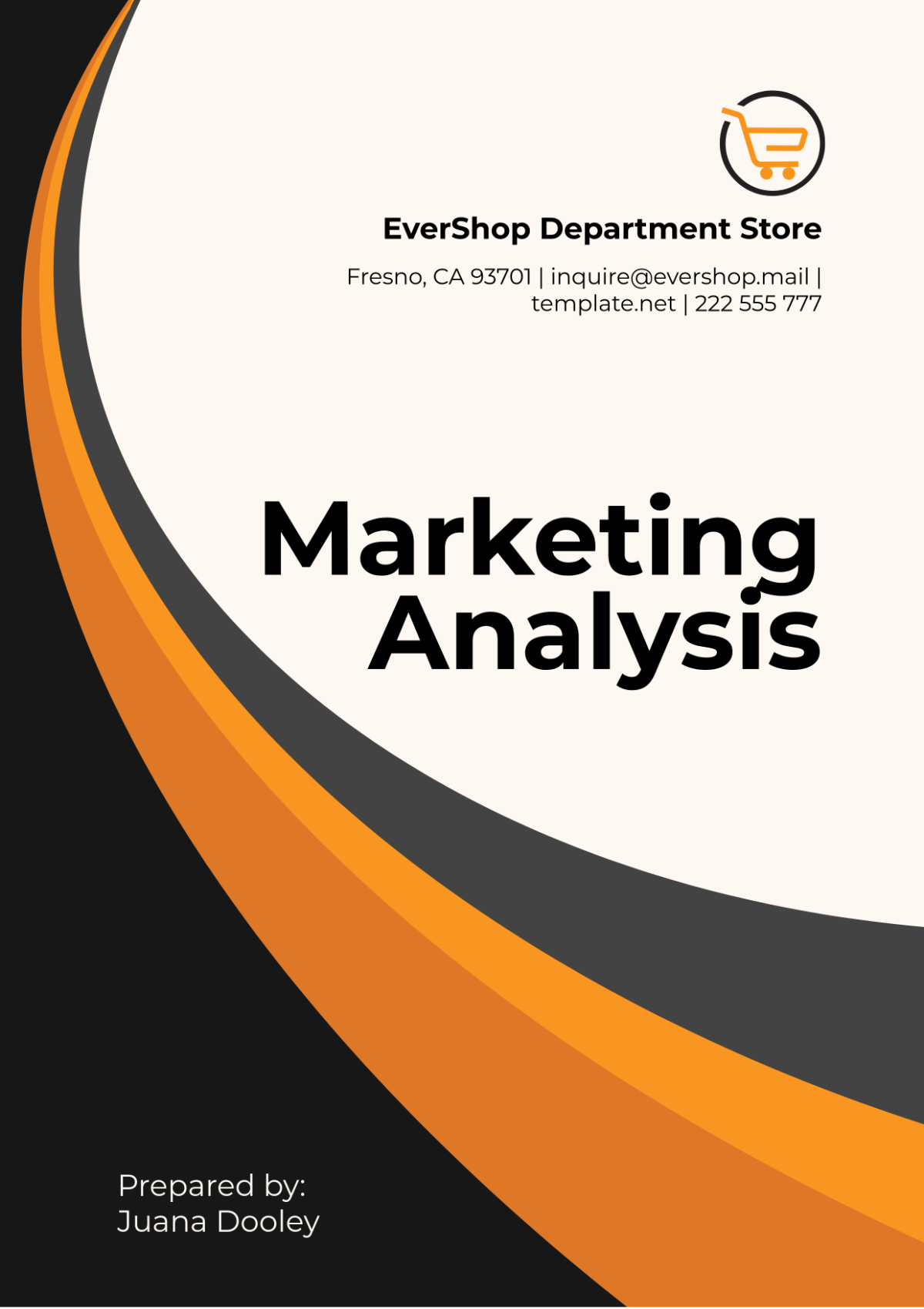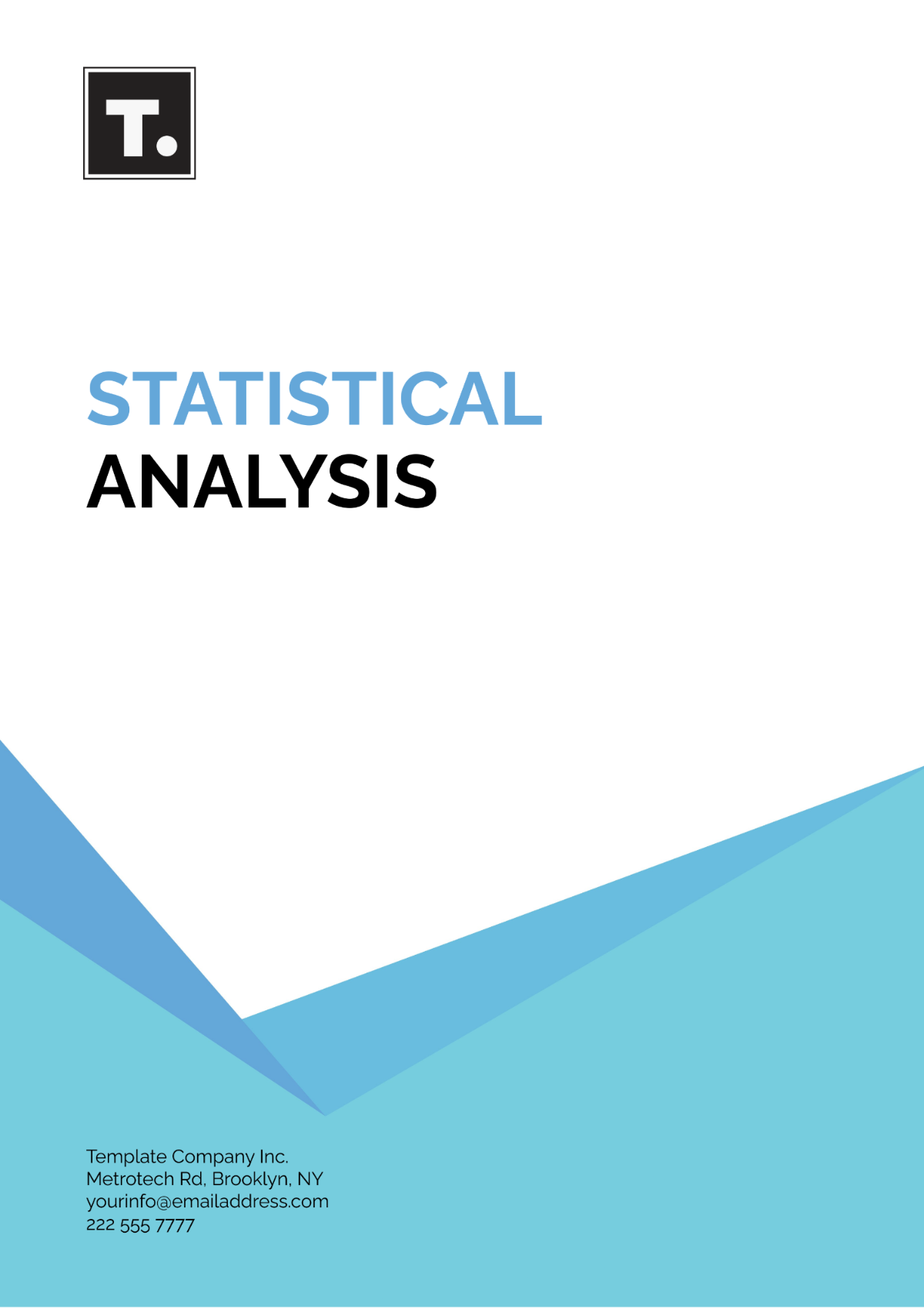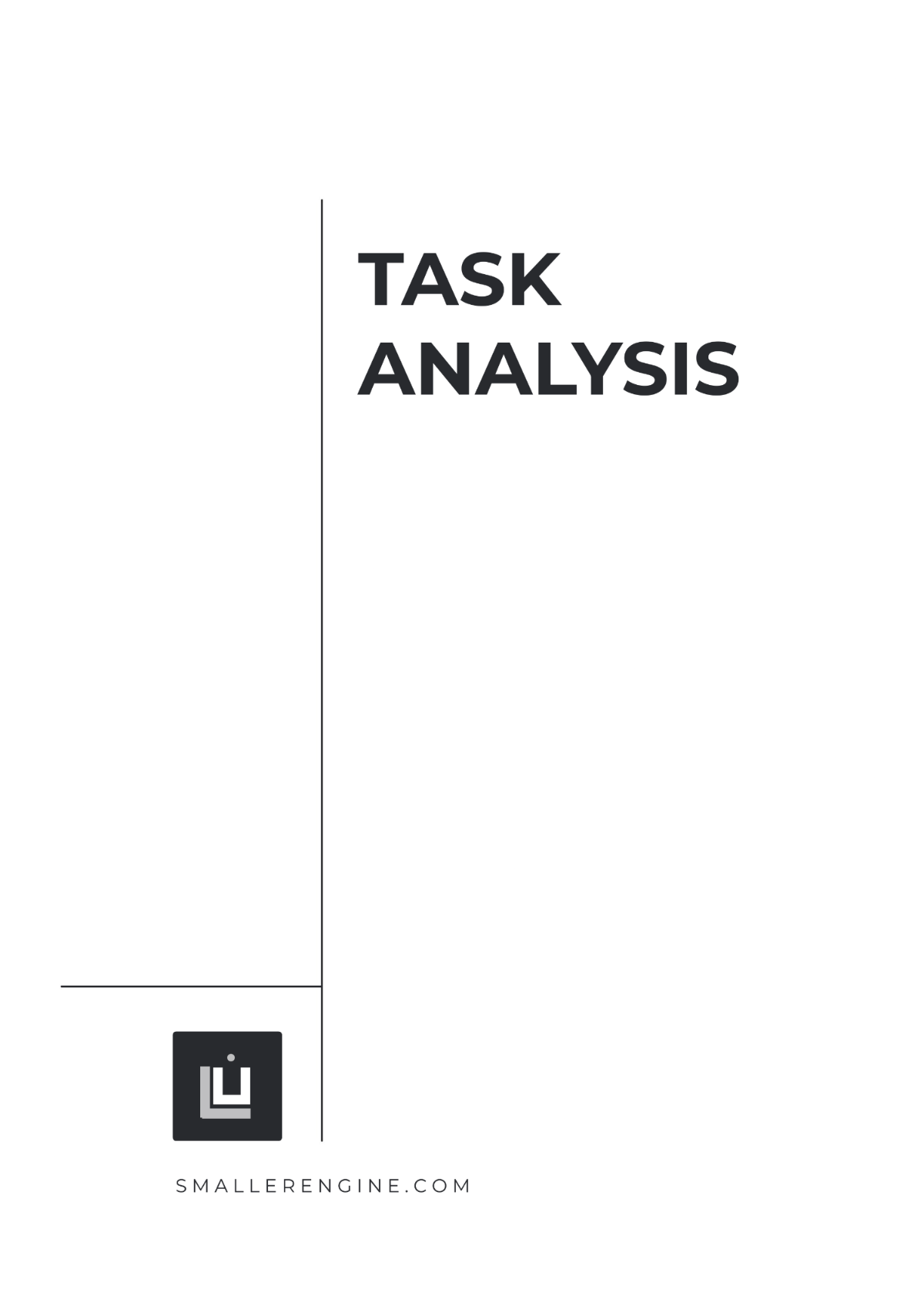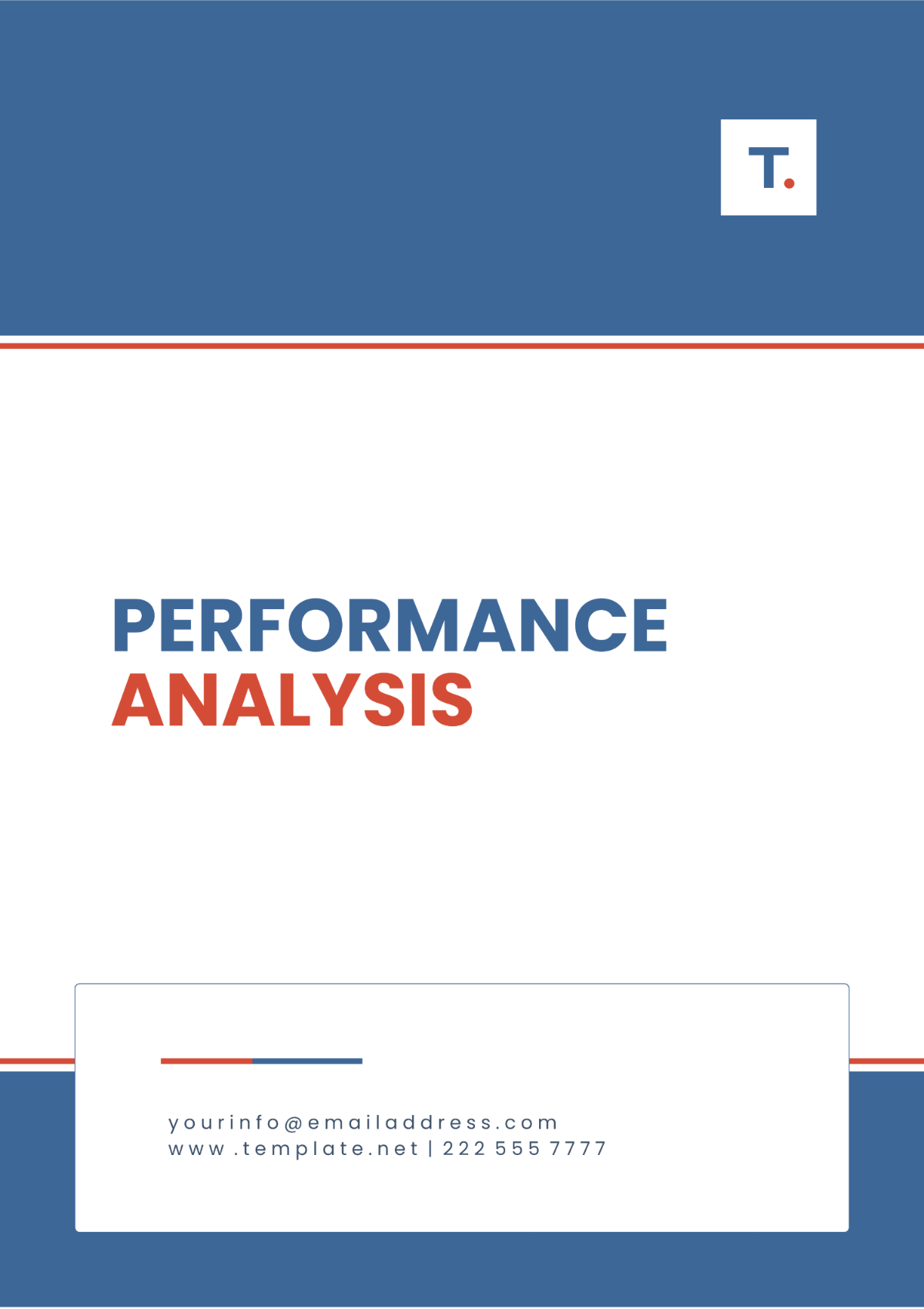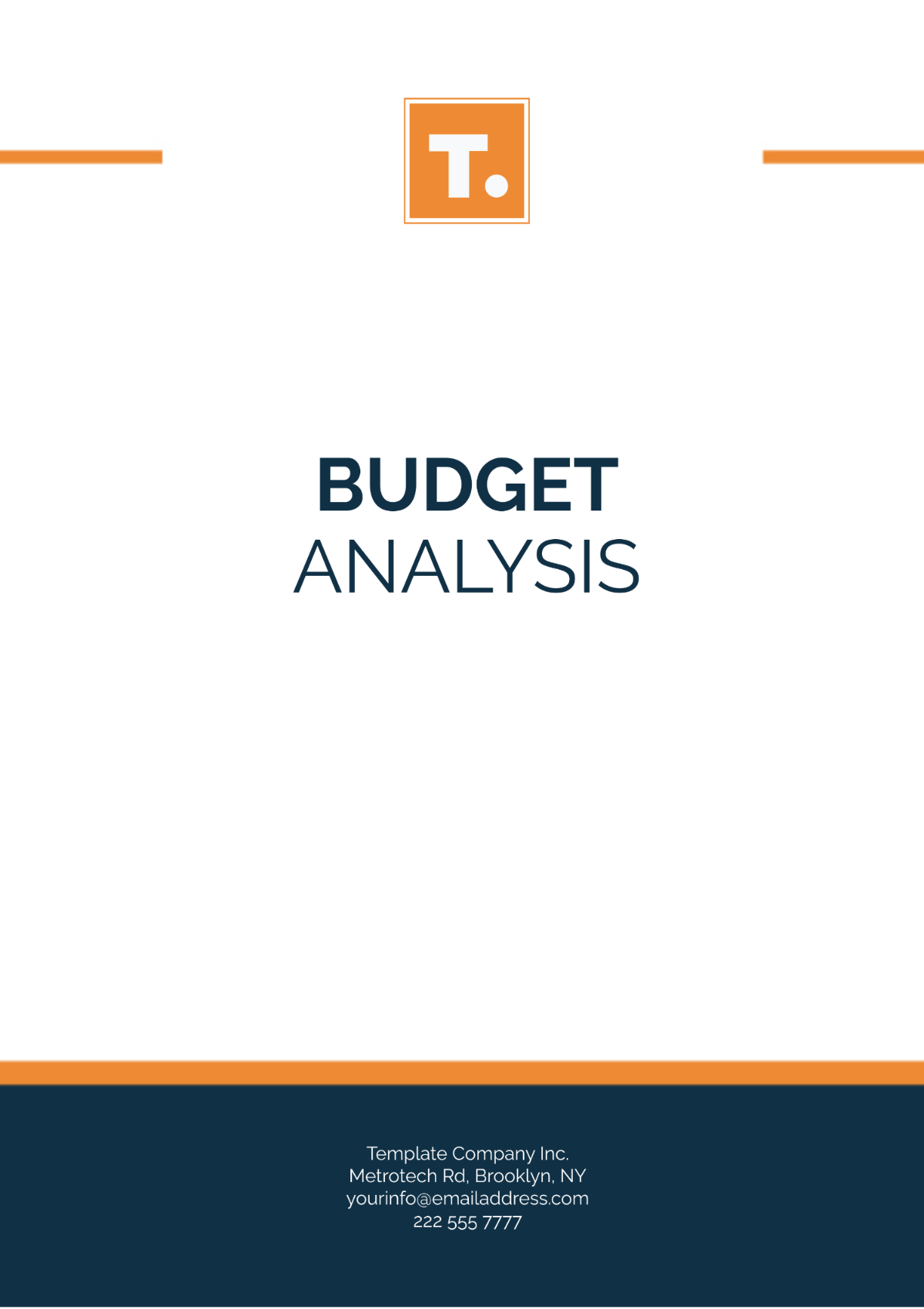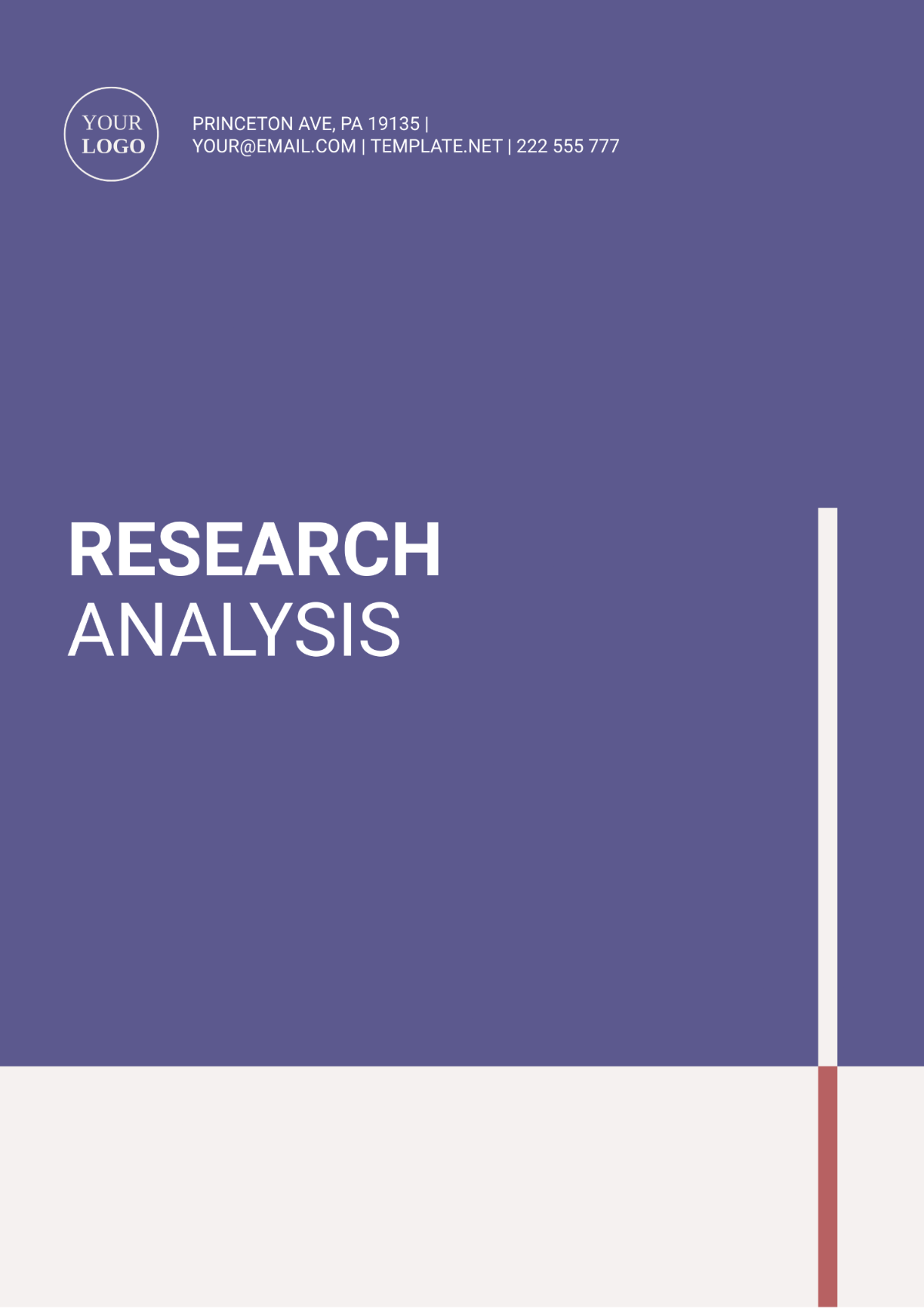Quantitative Analysis
Prepared By : | [YOUR NAME] |
Company : | [YOUR COMPANY NAME] |
Department : | [YOUR DEPARTMENT] |
I. Executive Summary
A. Overview
This section comprehensively summarizes the essential results obtained from our quantitative analysis, which has been strategically formulated to impact the decision-making processes effectively across a variety of different fields.
B. Brief Description of Dataset
Our analysis is based on a detailed dataset assembled from January 2050 to December 2051, featuring 10,000 samples and 50 features from our sales database, customer surveys, and industry benchmarks. It encompasses customer demographics, purchasing habits, product preferences, and market trends, with strict measures for handling missing values and validating data accuracy.
C. High-level Summary of Key Findings
Our in-depth analysis yielded several critical insights pivotal for strategic decision-making:
Key Finding 1: The analysis reveals a notable correlation between customer engagement metrics, such as average session duration and conversion rates, indicating a potential opportunity to enhance website usability or identify friction points impacting conversions.
Key Finding 2: Another significant finding pertains to the seasonal purchasing trends among target demographics, showcasing a clear surge in demand during holiday seasons, underscoring a need for strategic inventory management and marketing campaigns to capitalize on peak sales periods effectively.
Key Finding 3: A critical finding is the inverse relationship between product pricing and customer satisfaction, underscoring the need for pricing strategies that balance profitability and customer experience to enhance loyalty and revenue growth.
C. Decisions or Recommendations Proposed
Using the insights we have gathered and analyzed, we are in a position to recommend the following actionable strategies that can be implemented to address the issues at hand:
Implement UX improvements: Enhance website navigation and checkout processes for better conversions. Conduct A/B testing and user feedback sessions for ongoing enhancements.
Adapt marketing strategy: Tailor promotions and product bundles to seasonal trends. Optimize ad spending using data insights for maximum ROI during peak sales.
Invest in analytics: Develop data analytics capabilities and train personnel. Use advanced tools for pricing optimization based on customer satisfaction, implementing dynamic pricing strategies for revenue growth and customer loyalty.
II. Data Overview
A. Source of Data
The data is sourced from a variety of origins, encompassing not only internal Customer Relationship Management (CRM) systems but also external market research firms, in addition to customer feedback surveys that are carried out every quarter.
B. Period of Data Collection
Data was systematically gathered over 24 months, starting in January of the year 2050 and concluding in December of the year 2051. This extensive duration allowed for a thorough and detailed observation of trends and patterns evolving, ensuring a comprehensive analysis.
C. Data Dimensions
Data Size: The dataset is comprised of approximately fifty thousand individual records, with each record documenting a distinct interaction or transaction with customers.
Features: It includes a wide range of features such as customer demographics, purchase history, website behavior metrics, and marketing campaign responses, totaling 100 features.
Data Quality: Rigorous data cleaning procedures were applied to address missing values, outliers, and inconsistencies, ensuring high data quality for analysis purposes.
III. Methodology
A. Statistical Methods
Descriptive Statistics: Calculate the mean, median, and standard deviation for key variables to gain a comprehensive understanding of the central tendencies and variability within the data set.
Correlation Analysis: Conducted correlation tests to explore relationships between variables such as customer engagement metrics and conversion rates.
Regression Analysis: Employed linear regression models to evaluate the influence of a range of variables on customer satisfaction ratings and their purchasing behavior, aiming to determine how different factors contribute to these outcomes.
B. Software or Tools Utilized
Statistical Software: I employed the Python programming language alongside libraries including NumPy, Pandas, and SciPy to manipulate data, perform analysis, and conduct statistical testing.
Data Visualization: Used Matplotlib and Seaborn for creating charts, graphs, and visualizations to illustrate key findings and trends.
C. Assumptions Made
Normality Assumption: In the context of the regression analysis that was conducted, the underlying assumption made was that all the variables involved adhered to a normal distribution pattern.
Linearity Assumption: Assumed linear relationships between independent and dependent variables in regression models.
Homoscedasticity Assumption: In regression analysis, it is crucial to assume that the variance of the residuals remains constant to ensure that the interpretations of the results are valid.
IV. Detailed Analysis
A. Descriptive Statistics
Statistical Measure | Description |
|---|---|
Mean | Average values for key metrics such as customer age, purchase amount, and session duration. |
Median | Middle values to understand central tendencies, especially for skewed data distributions. |
Standard Deviation | Measure of dispersion to assess the variability of data around the mean. |
Data Distributions | Histograms, box plots, and density plots to visualize the spread and skewness of data across variables. |
B. Inferential Statistics
Hypothesis Tests: Conducted t-tests or ANOVA to compare means across different groups, such as customer segments or product categories.
Confidence Intervals: Calculated confidence intervals to estimate the range of values for population parameters, such as mean purchase amount with a 95% confidence level.
Regression Outcomes: Analyzed regression models to assess the significance of independent variables on dependent variables, such as predicting customer lifetime value based on historical purchase data.
C. Predictive Analysis
Predictive Models: Developed machine learning models such as linear regression, decision trees, or random forests to predict customer churn, lifetime value, or purchase propensity.
Accuracy Metrics: Evaluated model performance using metrics like accuracy, precision, recall, and F1-score to assess predictive accuracy and reliability.
Influential Variables: Identified key predictors influencing customer behavior or business outcomes, such as product preferences, marketing campaign effectiveness, or pricing strategies.
V. Conclusions and Recommendations
A. Overview of Significant Results
Customer Engagement Impact: Increased customer engagement metrics, such as session duration and page views, strongly correlate with higher conversion rates, highlighting the need to optimize user experience.
Seasonal Trends Influence: Significant impact observed from seasonal purchasing trends on sales volumes, highlighting the need for agile marketing strategies and inventory management.
Pricing Strategy Dynamics: A delicate balance was discovered between pricing strategies and customer satisfaction, pointing to the necessity of dynamic pricing models.
B. Practical Recommendations
UX Optimization: Prioritize initiatives to enhance website navigation, streamline checkout processes, and personalize user experiences to boost conversion rates.
Seasonal Marketing: Develop tailored promotions and product bundles aligned with seasonal trends to maximize sales during peak periods.
Dynamic Pricing Implementation: Implement dynamic pricing strategies leveraging customer behavior data and market trends to stay competitive while ensuring customer satisfaction.
C. Potential Areas for Further Investigation
Customer Segmentation: Conduct deeper analysis to segment customers based on behavior, preferences, and demographics for targeted marketing and personalized experiences.
Predictive Analytics for Churn: Develop predictive models to forecast customer churn and implement proactive retention strategies.
Market and Competitor Analysis: Explore competitive pricing strategies, market positioning, and emerging trends for informed strategic decision-making.
VI. Appendices
A. Data Collection Protocols
Specify the sources from which data was collected, including internal databases, surveys, or third-party sources.
Detail the data collection timeframe, frequency of data updates, and any data preprocessing steps (cleaning, normalization).
B. Full Regression Outputs
Include regression analysis outputs such as coefficients, p-values, R-squared values, and model diagnostics (residuals plot, multicollinearity assessment).
Present the complete regression model equations and interpretations for key variables.
C. Charts and Graph Visualizations
Provide visual representations of key findings using charts (bar charts, line graphs), plots (scatter plots, histograms), and other visualizations.
Include visuals related to data distributions, correlations, trends over time, and model performance metrics (ROC curve for classification models, actual vs. predicted plots for regression models).



